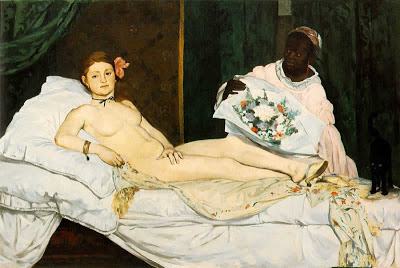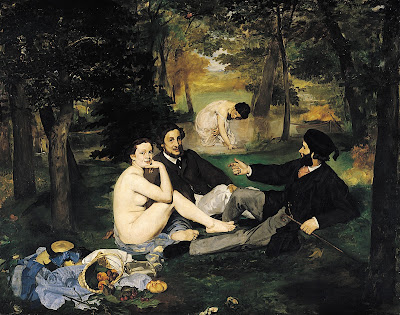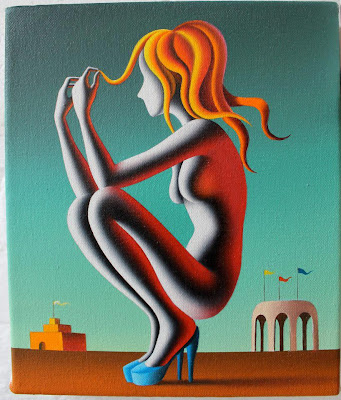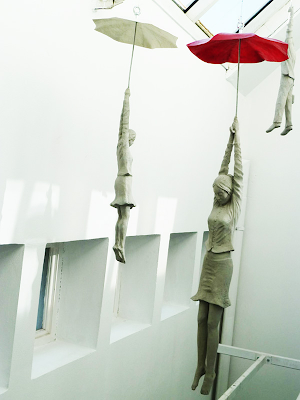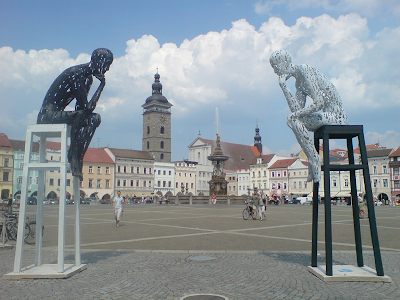Il Musée d’Art Moderne de la Ville de Paris dedica una retrospettiva ad ampio raggio sull’artista americano Keith Haring (1958-1990). La mostra testimonierà l’importanza del lavoro di Haring, in particolare il suo contenuto profondamente “politico”, evidente nelle sue opere durante tutta la sua carriera. I messaggi politici e le idee che ha comunicato non sono solo una parte della sua eredità, ma hanno avuto una reale influenza su altri artisti e sulla società. Anche se molto giovane, è stato guidato da una voglia di cambiare il mondo.
Consapevolmente e scegliendo spesso la strada e gli spazi pubblici per contattare il pubblico più vasto possibile, ha lottato instancabilmente contro il razzismo, il capitalismo, la violenza e l’ingiustizia in tutte le loro forme, con una particolare attenzione per l’apartheid in Sud Africa, la minaccia di una guerra nucleare, la distruzione dell’ambiente, l’omofobia e l’epidemia di AIDS (sieropositivo dal 1988, ha fondato una fondazione di beneficenza, per aiutare le persone colpite da AIDS e HIV).
The Musée d’Art Moderne de la Ville de Paris is devoting a wide-ranging retrospective to American artist Keith Haring (1958-1990). The exhibition will bear witness to the importance of Haring’s work, in particular its profoundly “political” content, apparent in his work throughout his career. The political messages and ideas he communicated were not only a part of his legacy; they have had a very real influence on other artists and on society. Even when very young, he was driven by an urge to change the world.
Consciously and frequently choosing the street and public spaces to make contact with the widest possible audience, he fought indefatigably against racism, capitalism, violence and injustice in all their forms, with a particular emphasis on apartheid in South Africa, the threat of nuclear war, the destruction of the environment, homophobia and the AIDS epidemic (diagnosed HIV-positive in 1988, he established a charitable foundation, dedicated in part to helping those affected by AIDS and HIV).
LEGGI ANCHE Keith Haring opere: la mostra About art






